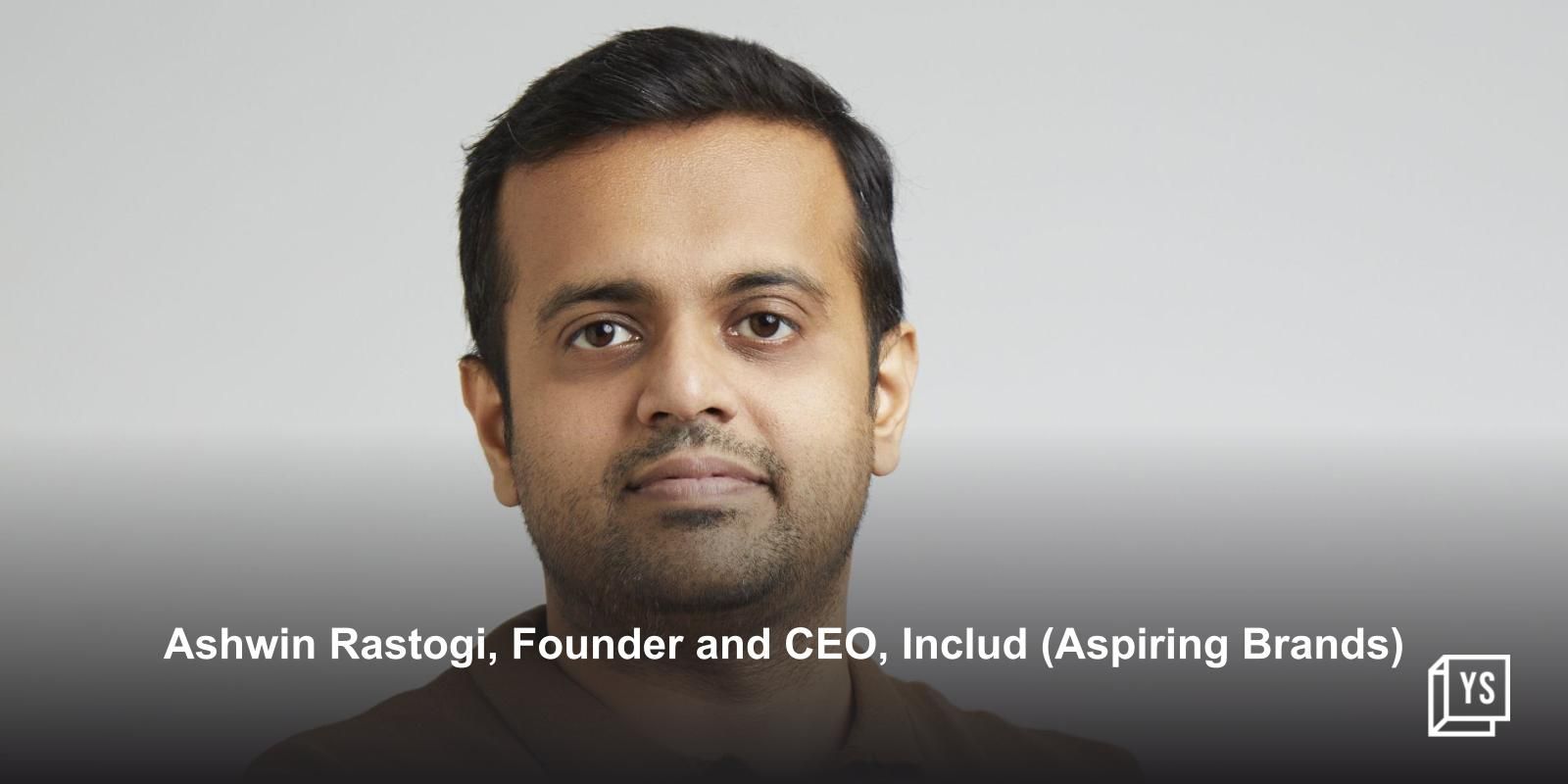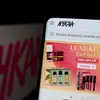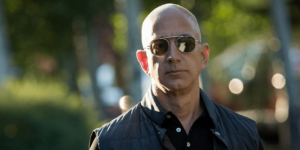
India’s ecommerce market is booming. In the last two years, nearly 100% of pincodes have seen ecommerce adoption. Indian ecommerce and consumer internet companies raised upwards of $15.4 billion in private equity and venture capital funding in 2022, according to data shared by Invest India.
According to India Brand Equity Foundation (IBEF), the country’s ecommerce market is set to reach $111 billion in 2024 and $200 billion by 2026.
A classic characteristic of Indian ecommerce is the influence of a woman on the purchasing patterns of a household, according to Ashwin Rastogi, Founder and CEO of Includ.
Started in April 2023, Includ was born out of the need to cater to women or mothers who are the key decision makers in most Indian households.
“There are several sub categories in the online retail space. While electronics is largely male-dominated, kidswear, womenswear, and home improvement are driven by women,” Rastogi tells YourStory.
Rastogi has several years of experience in the investment world through stints at Premji Invest and Eight Roads Ventures, and has also spent significant time building formidable businesses at fast fashion brands Club Factory and Urbanic.
A keen observer of the ecommerce industry since 2013 (back when Myntra and Flipkart were growing) Rastogi is of the belief that every sub category of ecommerce deserves attention.
Currently, the Gurugram-based startup has a portfolio of apparel for children aged 2 to 14 years, and presents over 5,500 styles. With prices starting as low as Rs 449, Includ hosts a variety of accessories for kids such as hair bands, handbags, and hats.
“With a greater number of women joining the workforce and nuclear families becoming smaller, women, especially mothers, are driving purchase decisions in households today. Includ was built with the intention of serving the modern-day woman,” Rastogi says.
Last year, Includ raised a small amount of funding from a clutch of angel investors including Shailesh Rao (former Managing Director of Google India and ex-Partner at asset management firm TPG Global), Rastogi shares.
Includ (registered as Aspiring Brands) was part of YourStory’s Tech 30 cohort at TechSparks 2023.
.thumbnailWrapper
width:6.62rem !important;
.alsoReadTitleImage
min-width: 81px !important;
min-height: 81px !important;
.alsoReadMainTitleText
font-size: 14px !important;
line-height: 20px !important;
.alsoReadHeadText
font-size: 24px !important;
line-height: 20px !important;

Cracking the code
For Includ, kidswear seemed like an obvious place to start, says Rastogi. The idea is to offer a diverse range of products given that purchase frequency tends to be high.
“The target group of kids aged 2 to 14 is also strategic. Mothers in this age group are likely in their late-20s or early-30s, and that’s the segment we want to crack,” Rastogi quips.
Includ’s thesis of attracting the modern-day woman also stems from the power of social media influence. Mothers in their thirties are likely to be inclined towards making purchases guided by Instagram trends and social media advertisements, which will in turn help Includ position its offerings more accurately, Rastogi notes.
The company—with the help of its 25-member team—is making sales up to Rs 2 crore each month, and is working actively towards expanding its product line to keep up with the purchase frequency.
The kidswear space also happens to be a fiercely competitive one, which presents a challenge, especially with FirstCry bagging the early-mover advantage. The online marketplace managed to methodise a highly unorganised kidswear market and is now preparing for a public-market listing.
“The babycare segment is quickly getting organised. The primary player has done the weightlifting to organise the market,” Rastogi says.
India’s kids apparel market, which reached $21.1 billion in 2022, is expected to cross $24.5 billion by 2028, as per analysis by market research firm IMARC Group.
Moreover, variety defines strength in the apparel industry, according to Rastogi. “Especially with womenswear, a wider range of products would lure users to reopen the app to see what’s new. Retail therapy does work. Shein and Urbanic are great examples,” Rastogi tells YourStory.
Size and colour options in the kidswear segment are also in abundance, which is likely to make offline retail expensive. Online retail, therefore, is the smarter way to grow.
Rastogi believes that once it forays into womenswear and home, Includ’s assortment of products will stand out among other players.
“Rentals for retail stores are rising, which could make offline items a premium buy. While some parents may be willing to spend a little more for their children, they also tend to be more conscious since kids grow out of clothes quickly. This is why online stores for kidswear are crucial,” Rastogi adds.
However, Includ intends to go offline over the next few years. The plan is to master the kidswear category and then venture into western womenswear and ultimately home products, the founder notes.
In a bid to expand revenue, Includ is looking to join a major marketplace soon. It has received commitments from several large investors for fresh capital infusion to fuel its expansion plans.
The D2C brand has already established a footprint in international markets including the 7 Gulf Cooperation Council (GCC) nations and Bangladesh.
“India, Bangladesh, and China will remain supply hubs while GCC, India, and Southeast Asia will become key markets over time,” Rastogi says.
Edited by Megha Reddy










